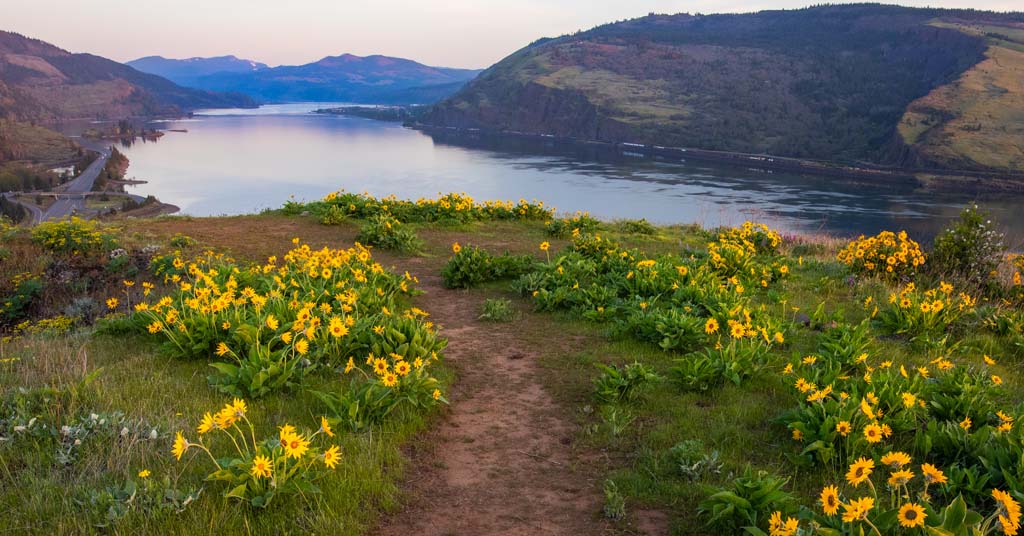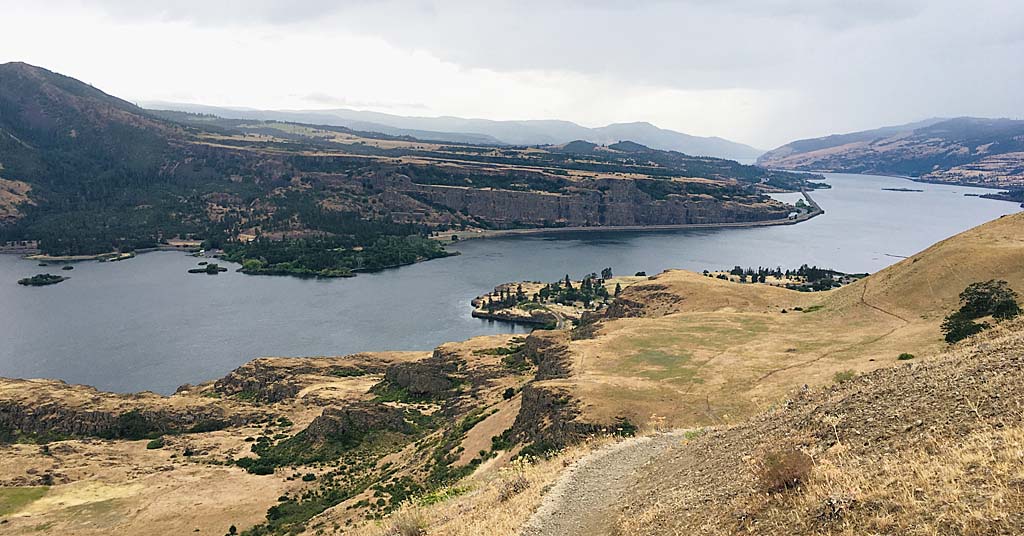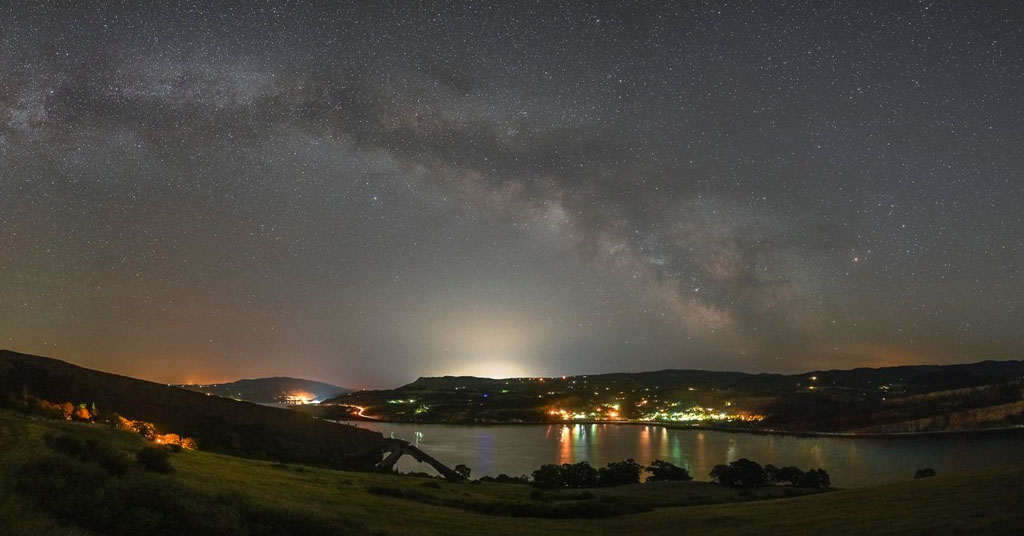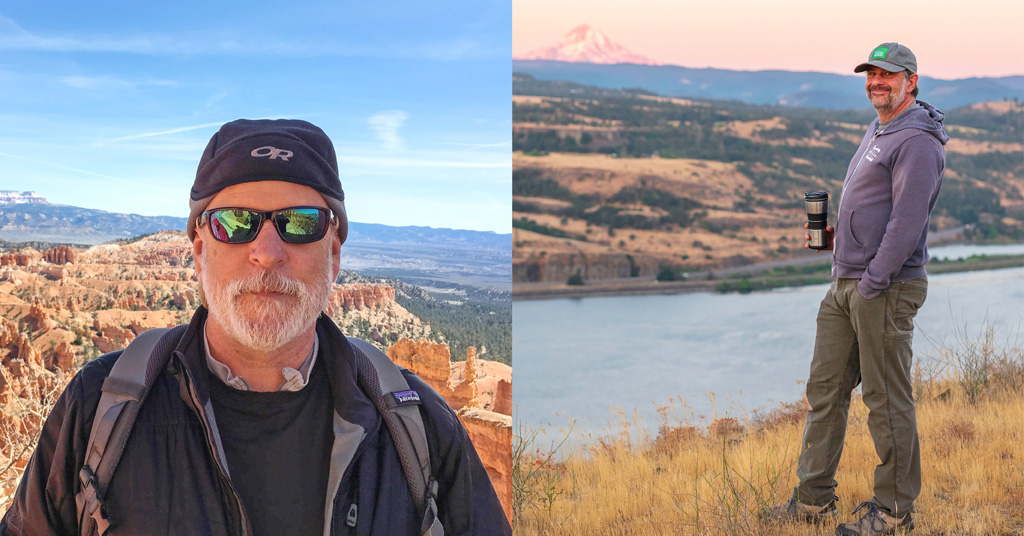By Miko Ruhlen, Feb. 16, 2017. This winter was hard on the Columbia River Gorge’s native birds. With snow and ice covering natural food supplies, Dark-eyed Juncos flocked to feeders, American Robins and Varied Thrushes scavenged frozen fruit, Anna’s Hummingbirds struggled to find unfrozen feeders. And people who fed backyard birds struggled to keep water and food thawed and available.
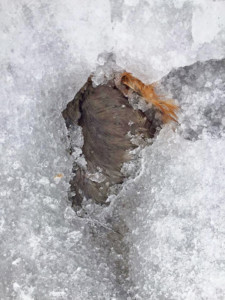
[/media-credit] American Robin trapped under the ice in a January Gorge ice storm.
How will the winter’s long cold effect regional bird populations? With little funding available for bird counts, researchers increasingly rely on citizen science to discover and document trends.
The Great Backyard Bird Count (GBBC) is a fun, easy way for everyone to gather data to help conserve birds. The 20th annual count will be held nationwide Friday, Feb. 17 through Monday, Feb. 20, 2017. If you don’t have a yard, visit your favorite park or trail. It only takes 15 minutes.
- Count birds for at at least 15 minutes on one or more days of the count Feb. 17-20, 2017. Estimate the number of individuals of each species you see during your count period. Sometimes this can be tricky if you have a huge flock. Just take the largest number you can see at one time – a snapshot.
- Enter your list online at the Great Backyard Bird Count. If this is your first Cornell Lab citizen-science contribution, you will need to create a free account. After signing in, click Submit Observations (on the GBBC or eBird websites or App). Submitting data is often the most difficult part for people, but it is one of the most important ways that you can contribute to science.
THE GOAL OF THIS CITIZEN SCIENCE EFFORT is to take a real time snap shot of bird populations, learn more about how birds are doing, and how to protect them and our environment. The GBBC was launched in 1998 by the Cornell Lab of Ornithology and the National Audubon Society and has been growing since – last year more than 160,000 people contributed information to the public database.
Wonder if your small contribution matters? The 2014 Great Backyard Bird Count data gathered showed effects of warm weather patterns on bird movement and a large irruption of Snowy Owls across the northeastern and mid-Atlantic areas of the United States. In 2016 GBBC, data detected a southward movement of Varied Thrush along the West Coast of the U.S. possibly in response to the drought. It can also alert wildlife managers to species or habitats that may need conservation action.
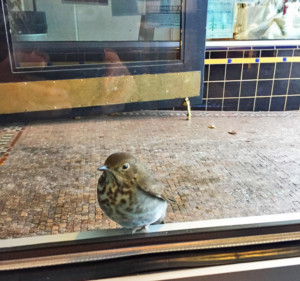
Disoriented and fluttering in an entry way of a Hood River restaurant during a December cold snap. What bird is this? Check the photo ID below. Photo: Miko Ruhlen
You can go on the GBBC website to find out what birds to expect in a given area. On the site you can learn about particular birds and explore publicly available data and maps. Due to diverse habitats–coastal, forest, mountain, and desert–both Oregon and Washington made the U.S. top-ten list of the most species reported on the GBBC for over a decade. Last year over 2,000 checklists were submitted in Oregon including over 200 from Portland. The Gorge is a critical habitat for a wide variety of birds, yet typically less than 100 checklists are submitted every year. It is important for more Gorge residents to join in citizen science efforts to gather data on our local bird populations.
ARE YOU A BEGINNER, unsure of a bird identification, or want a fun project for the kids? There are many paperback bird identification guides available or you can also go online to the All About Birds website for bird identification help.
If you have a smart phone, you can download a free App called Merlin Bird ID which is great for identifying backyard birds. There is a series of questions that helps narrow down possibilities – location, size, color, behavior – and the App provides photos and even recordings of songs and calls.
JUST LAST YEAR A PHOTO IDENTIFICATION APP was launched, Merlin Photo ID, which is a free add on to Merlin Bird ID. If you take a photo on your phone, it gives you a list of possibilities. You can pick from the options provided. Look at details of each bird on the App to help puzzle out the species identification. It is a new App and does not identify species correctly 100% of the time, but the better the photo, the better it works. The final identification is up to you.
The process of photographing, puzzling out identification, then learning facts about each species is a great project for kids, too. If you take any great shots or have a confusing identification, please share them with us via email and we can post them on the EnviroGorge facebook page.
(Photo no longer available)
Paid Advertisement:



